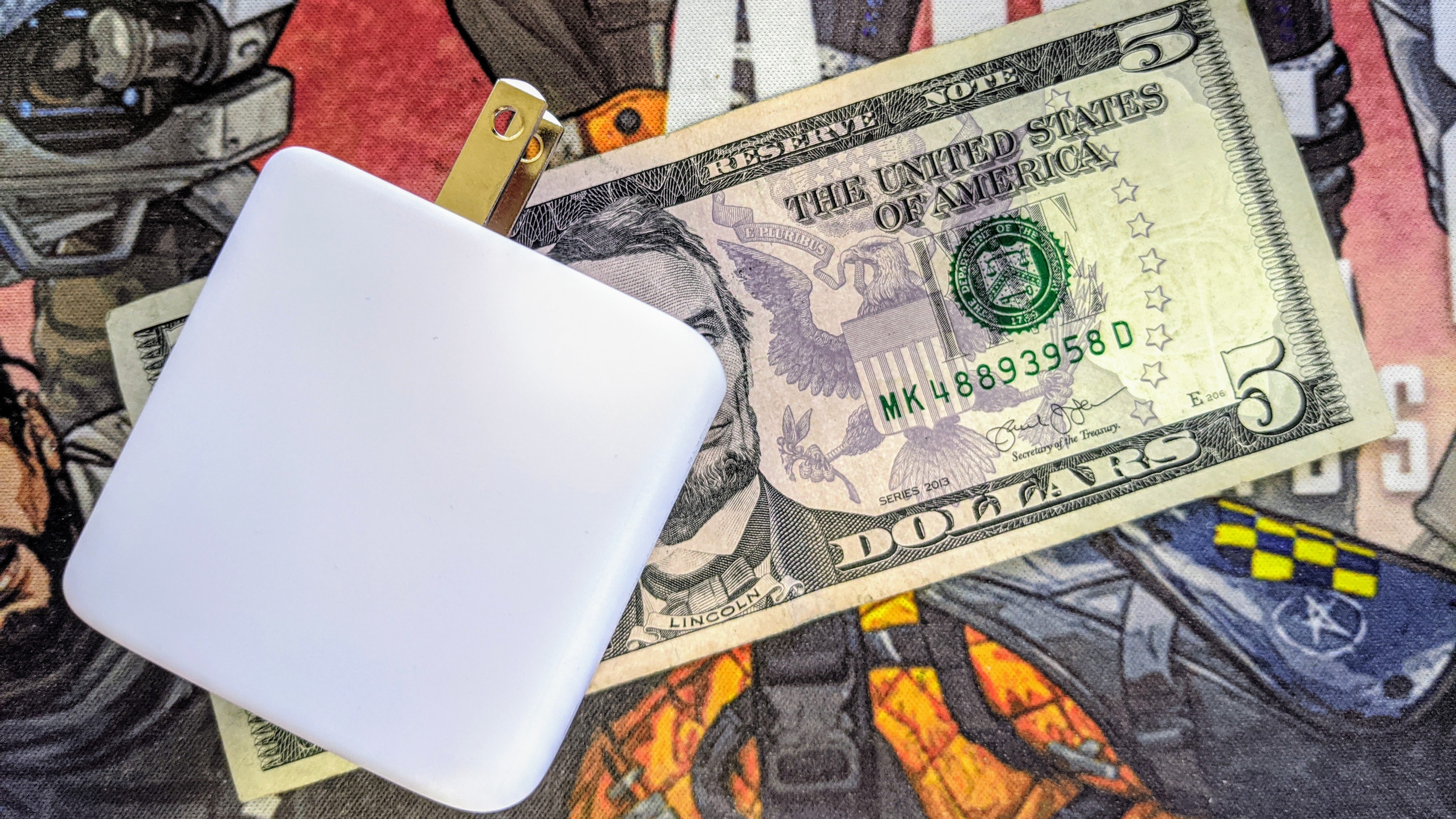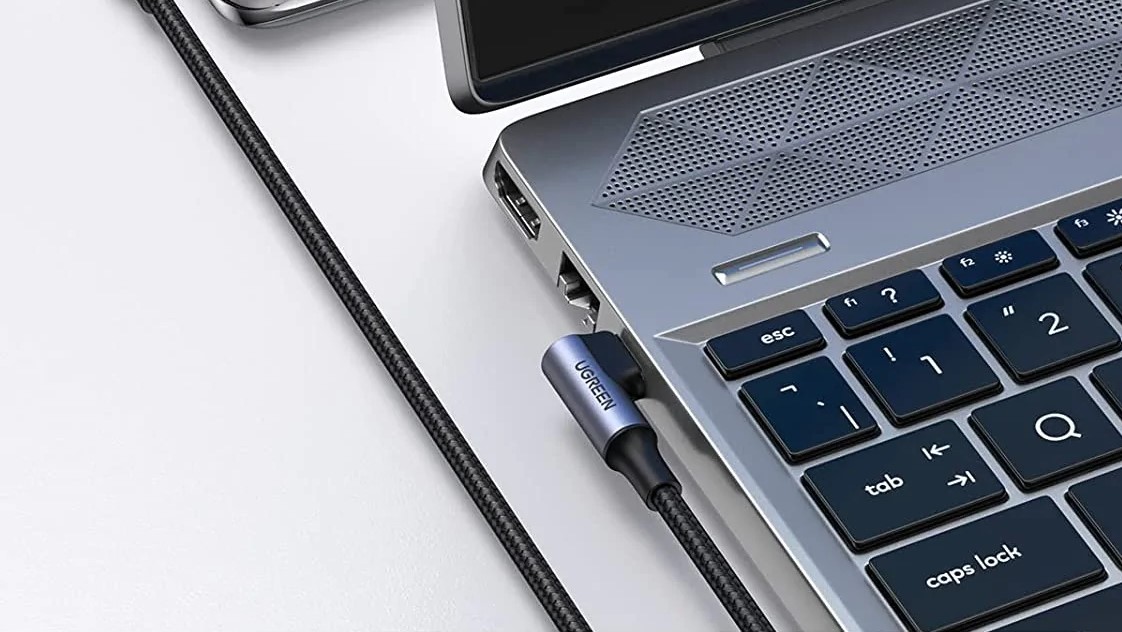The EU mandating a single charging specification is a win for everyone
One charger. One cable. All things.

You probably have a lot of different things that need to be kept charged. Some days it probably feels like too many things. This is a by-product of modern life where everything is powered by a tiny lithium battery and it's only going to get worse. We need things that make it get better.
With the news that the European Parliament has mandated that devices all use a single method to charge and a single type of connector — right now that means USB Type-C — we're on the right path. Yes, people are looking to Apple because it famously uses its own proprietary charging connector on its most popular product, but this isn't about the iPhone. It's about what's best for the consumers.
This isn't a dig at Apple even though many think it is.
The EU Parliament doesn't care about Apple. It isn't supposed to care about Apple. It's supposed to care about the people who buy Apple products just like it cares about the people who buy Samsung products or Oppo products or any other brand of consumer electronics. It certainly gets plenty of things wrong like all governments do, but its sole purpose is to make lives better. This is one of the times it gets it right, even if our first thought was that it didn't.
In case you aren't sure what was changed, the press release issued by the EU Parliament spells it out:
By the end of 2024, all mobile phones, tablets and cameras sold in the EU will have to be equipped with a USB Type-C charging port. From spring 2026, the obligation will extend to laptops. The new law, adopted by plenary on Tuesday with 602 votes in favour, 13 against and 8 abstentions, is part of a broader EU effort to reduce e-waste and to empower consumers to make more sustainable choices.
Under the new rules, consumers will no longer need a different charger every time they purchase a new device, as they will be able to use one single charger for a whole range of small and medium-sized portable electronic devices.
Regardless of their manufacturer, all new mobile phones, tablets, digital cameras, headphones and headsets, handheld videogame consoles and portable speakers, e-readers, keyboards, mice, portable navigation systems, earbuds and laptops that are rechargeable via a wired cable, operating with a power delivery of up to 100 Watts, will have to be equipped with a USB Type-C port.
Be an expert in 5 minutes
Get the latest news from Android Central, your trusted companion in the world of Android
All devices that support fast charging will now have the same charging speed, allowing users to charge their devices at the same speed with any compatible charger.
There are some exceptions for things that are too small to include a USB port like smartwatches or fitness bands, and headphones can also be charged through their case just like they are now. But the port in that case will have to be able to use a simple USB-C charger to do it.
Most importantly, the new mandate also specifies that products be clearly labeled to inform consumers about the way products charge; how fast, what temperatures, safety data and the like will be readily available to read before you buy something.
Why did this happen?

There are two important reasons why the switch to a single standard was necessary: the environment and simplicity.
Right now there are still plenty of products available that use other charging standards like micro USB or Lightning. Each of those products came with a cable that only works with devices that use those old outdated standards. If you have a laptop, a phone, a pair of headphones, and a camera you could have four different chargers and four different cables to carry along if you want to keep everything charged up.
Five years from now, this won't be a thing. Everything except your smartwatch will use the same charger and the same cable. You only have one thing to tote around or keep track of and devices don't have to include anything special to allow them to charge. It wouldn't even be necessary to include a cable in the box for accessories like headphones as long as the thing you connected them to is charged with the same equipment.
This is also the first step towards better interconnectivity between accessories. Once everything uses the same standards, companies that adhere to them in full would allow you to use things like hard drives or monitors with your phone (for example), and connecting a camera to your tablet would be as simple as plugging them into each other. This is an area where even Google gets it wrong and it might fix things here, too.
And yes, USB Type-C is easy because you can't plug it in upside down.

The standards are the key. USB-C had a rough start because companies were more than willing to ignore standards and we were more than willing to save $3 and buy cheap cables from the drugstore. Those days are mostly gone (never say never) and the USB-IF has revamped its labeling convention so we can easily see what we're buying.
Because everything will be forced to adhere to a fixed set of rules, manufacturers will be more willing to follow them. It's the whole chicken and egg dilemma except this time it actually works.
Yes, this mandate only applies to EU member states and that means that huge parts of the world like China, Brazil, the U.S., and the U.K. aren't covered by them. I can't promise that companies won't build special EU-only products that follow these rules and sell whatever they like elsewhere (we all know Apple isn't afraid to do just that) but I'm going to do it anyway. By forcing these rules on products sold in the EU, companies will do it for all of their products.
Android users already know that having a single type of charging port is a really good thing and we are quick to complain when we see headphones that still use micro USB. Now everyone everywhere isn't going to need to worry about it.
The one drawback I can see here is that one day a newer and better standard will come along. When that happens I hope the EU does the same thing and phases out the old to usher in the new.

Jerry is an amateur woodworker and struggling shade tree mechanic. There's nothing he can't take apart, but many things he can't reassemble. You'll find him writing and speaking his loud opinion on Android Central and occasionally on Threads.
